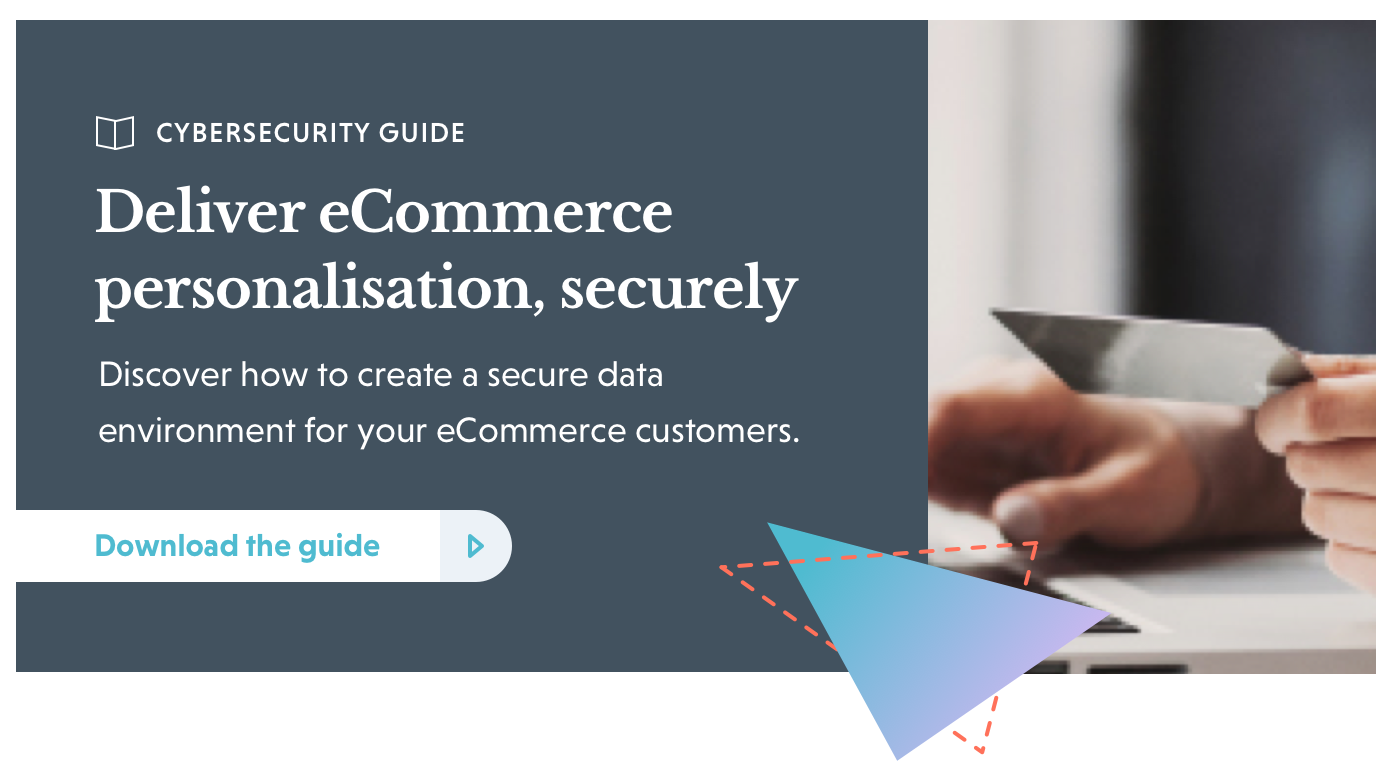The global popularity of online shopping can be summarised in a single word: convenience.
Purchasing products from the comfort of your own home is quicker and easier than visiting a brick-and-mortar store. It allows you to compare prices on similar items without spending half the day walking around the high street, while reading customer reviews to see if the product really does meet your expectations.
With so much to commend it, it should come as no surprise to learn that retail eCommerce sales increased from $1.36 billion in 2014 to $4.2 billion in 2020. Nevertheless, the online shopping experience differs wildly depending on the site.
There are several common problems that customers experience every single day. In this article, we list five of the most significant.
What are the biggest pain points for online shoppers?
1. Customer experience
Most e-tailers recognise the importance of delivering a positive customer experience. Yet it remains true that many companies fail to invest sufficient time and energy into this area.
The result is a website that’s difficult to traverse. Relevant products are lost within cluttered navigation or poorly optimised on-site search engines, leading to frustration as customers struggle to find the products they want. Worse, with so many alternative online stores to choose from, this will ultimately drive them to a competitor's site.
Positive customer experiences – exemplified by intuitive site search functionality that understands everything from user intent, to common misspellings and homonyms – help customers make quicker, more accurate purchasing decisions.
This has been proven to have a positive impact on revenue. 86% of online shoppers say they would be willing to pay more for their products in exchange for a superior shopping experience.
A key part of this is mobile. Recent figures suggest almost 54% of all retail eCommerce will be conducted on mobile by 2021, so having a mobile-friendly site is essential.
According to research, those that place a greater emphasis on this area of their website grow faster than those that don’t. So, it's very much in your own interests to create a positive customer experience.
2. Personalisation
Personalisation is fundamental to providing positive customer experiences.
Without it, the shopping experience tends to be impersonal and disjointed. Rather than being guided to the products they're actually interested in, shoppers find themselves swamped with links to irrelevant items.
Apart from reducing the likelihood that they’ll make an impulse buy, it actively deters them from returning to your site in future. And, as recurring customers spend almost three times more money on eCommerce sites than first-time customers, this can have a significant impact on your bottom line.
By contrast, personalisation allows you to tailor the shopping experience to each individual customer. There are many ways to go about this, but personalised site-search tools offer some of the most effective.
The best tools automatically rank searches in real-time based on unique user intent. They do this by analysing the areas of your product catalogue the user is currently browsing to provide more relevant results. At the same time, they use machine learning algorithms to 'remember' the personal preferences of each customer. The algorithm then uses these insights to develop bespoke experiences for frequent visitors.
To support this, many sites use personalised category navigation. Much like the on-site search tools alluded to above, they process data on session intent and user preferences to create unique browsing experiences for each shopper.
This level of personalisation is something we’ve come to expect from leading brands. 49% of customers make impulse buys after receiving a personalised shopping experience. Why? Because a frictionless shopping experience is a positive shopping experience.
3. Privacy and security
Over the past few years, a string of high-profile data breaches teach us a valuable lesson about the digital age: that anyone can be the victim of cybercrime.
Online shoppers are particularly anxious when it comes to data privacy and security. Such breaches are often a result of the way e-tailers utilise third and fourth-party vendors to provide key functionality on their websites. This includes checkout services, payment processing, and even product reviews.
To provide these services, vendors need access to customer data. The knock-on effect of which is a reduction of visibility in the way information is stored and used.
Regulations like GDPR and CCPA help protect personal data. They stipulate that sites must gain customer consent before sharing personal data with third-parties. This ensures data is managed more securely.
However, there are other steps e-tailers can take to improve security. Ensure your site stores only the most relevant customer data, for example. Or enable customers to make purchases without registering a credit card. This reduces the volume of sensitive data that stands to be lost in the event of a serious security breach.
Given the number of people that reuse the same password on multiple sites, passwords should be encrypted. You may even choose to offer two-factor authentication to provide an added layer of protection.
Adherence to data security regulations shouldn't be a burden. A recent Deloitte study found that as many as 79% of us would be willing to share our personal data with companies if the benefits of doing were clearly communicated.
Equally, it's important to remember that some tools don't rely on demographic information. For instance, our products personalise the shopping experience using shopper behaviour alone – no personally identifiable information necessary.
4. Help and support
Customer support is a far-reaching term. It encompasses the things you do to help customers find what they’re looking for, your approach to problem solving, and the type of post-purchase experience you provide.
47% of consumers have switched brands in the past due to poor customer service, while related studies show that unsatisfactory customer experiences can influence purchasing decisions. By contrast, estimates reveal that 52% of consumers make additional purchases as a direct result of receiving positive customer support.
Unlike brick-and-mortar shops, eCommerce is wholly reliant on technology to interact with their customers. Today, many e-tailers rely on a combination of classic support channels – email and telephone – and more modern solutions. Live chat, chat bots, online reviews, and feedback surveys to name but a few.
Many of these tools learn from customer behaviour and work together to help e-tailers improve their customer experiences.
5. Return services
64% of people review a brand's returns policy before deciding to make a purchase. Yet returning unwanted or faulty items remains one of the biggest bugbears for online shoppers.
Many EU consumers, for instance, may be unaware that they are entitled to cancel or return a purchase within 14-days. This speaks to a wider problem among e-tailers of not being entirely forthcoming with the specifics of their returns policy.
It's easy to see why this is the case. Returns cost e-tailers over $550 billion, so discouraging shoppers from returning items (or even passing the costs onto customers) might seem like a cost-effective solution.
However, this leads to dissatisfaction, frustration, and drives traffic away from your site. That can have a noticeable impact on revenue, so it's in your best interests to make your returns policy as consumer-friendly as possible.
One option is to extend the returns window beyond the standard 14 days. Alternatively, if it isn't feasible to provide free delivery and returns on items, you can still reduce the financial burden on consumers by supplying them with return labels (at a fixed cost).
Refining the eCommerce customer experience
Solving these problems is key to delighting your customers.
If they have no complaints about the level of service they receive, they will have no reason to look elsewhere the next time they want to indulge in a spot of online shopping. In addition to improving brand loyalty, this helps you attract new customers through word of mouth.
This should never come at the expense of security, however. With more of our lives online than ever before, it’s vital that your eCommerce site strikes the perfect balance between security and a positive customer experience.



